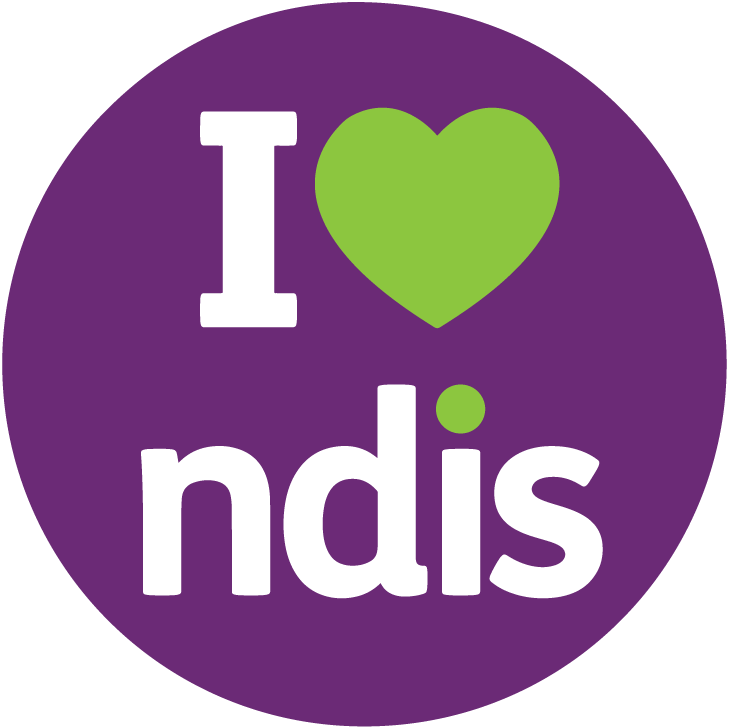Understanding and navigating the National Disability Insurance Scheme (NDIS) can initially seem like a daunting task. However, with the right information and resources, you can utilise its benefits effectively to ensure the best possible care for yourself or your loved ones. This comprehensive guide aims to help unravel the intricacies of the NDIS and provide you with the knowledge necessary to make well-informed decisions.
Introduction To The NDIS
The National Disability Insurance Scheme (NDIS) is a significant reform by the Australian government designed to provide personalised support to individuals living with disabilities. The scheme represents a departure from traditional, one-size-fits-all disability services. It respects the uniqueness of each person’s experience and aims to foster an environment that encourages participants to live fulfilling lives.
The NDIS is not a welfare system; instead, it’s an investment into the lives of people with disabilities. It seeks to help participants achieve their goals and live as independently as possible.
Understanding The Functioning Of NDIS
At its core, the NDIS operates with a person-centred approach. It provides funding directly to the individuals, referred to as ‘participants’. This approach offers participants the flexibility to use the funding for accessing the services and supports they need to achieve their goals.
A key part of the NDIS is its planning process. Participants work with NDIS representatives or local area coordinators (LACs) to develop a plan tailored to their unique goals, aspirations, and needs.
NDIS Eligibility Criteria
Eligibility for the NDIS is determined based on a set of criteria. These include the age of the individual (usually between 7 and 65 years old), the person’s residency status, and the nature and extent of their disability. The disability must be permanent and significant, affecting the individual’s ability to take part in everyday activities.
It’s important to understand these eligibility criteria in detail to assess whether you or your loved one can access the scheme. You can find detailed information on the NDIS website or consult with an NDIS service provider for assistance.
Decoding Your NDIS Plan
Your NDIS plan is a strategic document outlining the supports and funding you are allocated. It includes several key sections that need careful attention.
- Participant details: This section contains your basic personal information.
- Participant statement: This section contains information about your daily life, long-term goals, and the support you receive from others.
- Funded supports: This part outlines the funding you’re approved for different support categories.
- Details about managing the funding: This section provides information on how the funding will be managed.
Understanding each of these sections is crucial for using your NDIS plan effectively and ensuring you’re accessing the supports that align with your needs.
Selecting Your Service Providers
One of the fundamental rights under the NDIS is the freedom to choose your service providers. You have the liberty to explore, research, and select providers based on their specialisation, quality of service, location, or any other criteria that matter to you.
Service providers could offer a wide range of supports, from therapeutic services such as physiotherapy, psychology, and occupational therapy, to assistance with daily life, transport, and employment. It’s essential to select providers who understand your specific needs, offer high-quality, reliable services, and respect your rights as a participant.
Plan Management Options
When it comes to managing your NDIS plan, you have three options: self-management, plan management, or NDIA (National Disability Insurance Agency) management.
- Self-management: Here, you take charge of managing your NDIS funds. This option offers the most flexibility, as you can use any provider, even those not registered with the NDIS. However, it also means more administrative work like tracking expenses and keeping receipts.
- Plan management: In this option, you engage a professional Plan Manager who will manage your NDIS funds for you. They will help with financial tasks such as invoicing and budget tracking.
- NDIA management: Here, the NDIA manages your funds and pays providers directly on your behalf. However, you can only use NDIS-registered providers.
Understanding these options can help you choose the one that best aligns with your lifestyle and capacity.
Navigating The NDIS Plan Review Process
NDIS plans typically last for 12 months, after which they undergo a review process. This process is crucial as it allows your plan to be updated based on changes in your circumstances or goals.
You can also request an early review if your circumstances change significantly and you need different supports. Preparing for this review process and being clear about your current needs and future goals can ensure that the new plan reflects the supports you need.
Conclusion: Demystifying NDIS
Navigating the NDIS may appear complex, but with the right understanding and approach, it’s a journey towards empowerment. It’s all about recognising your rights, knowing what supports are available, and effectively communicating your needs. Through this guide, we hope to have demystified the NDIS, making it more accessible and less intimidating.
For more personalised support or any queries about the NDIS, don’t hesitate to reach out to us at Angel Care Support Services.


